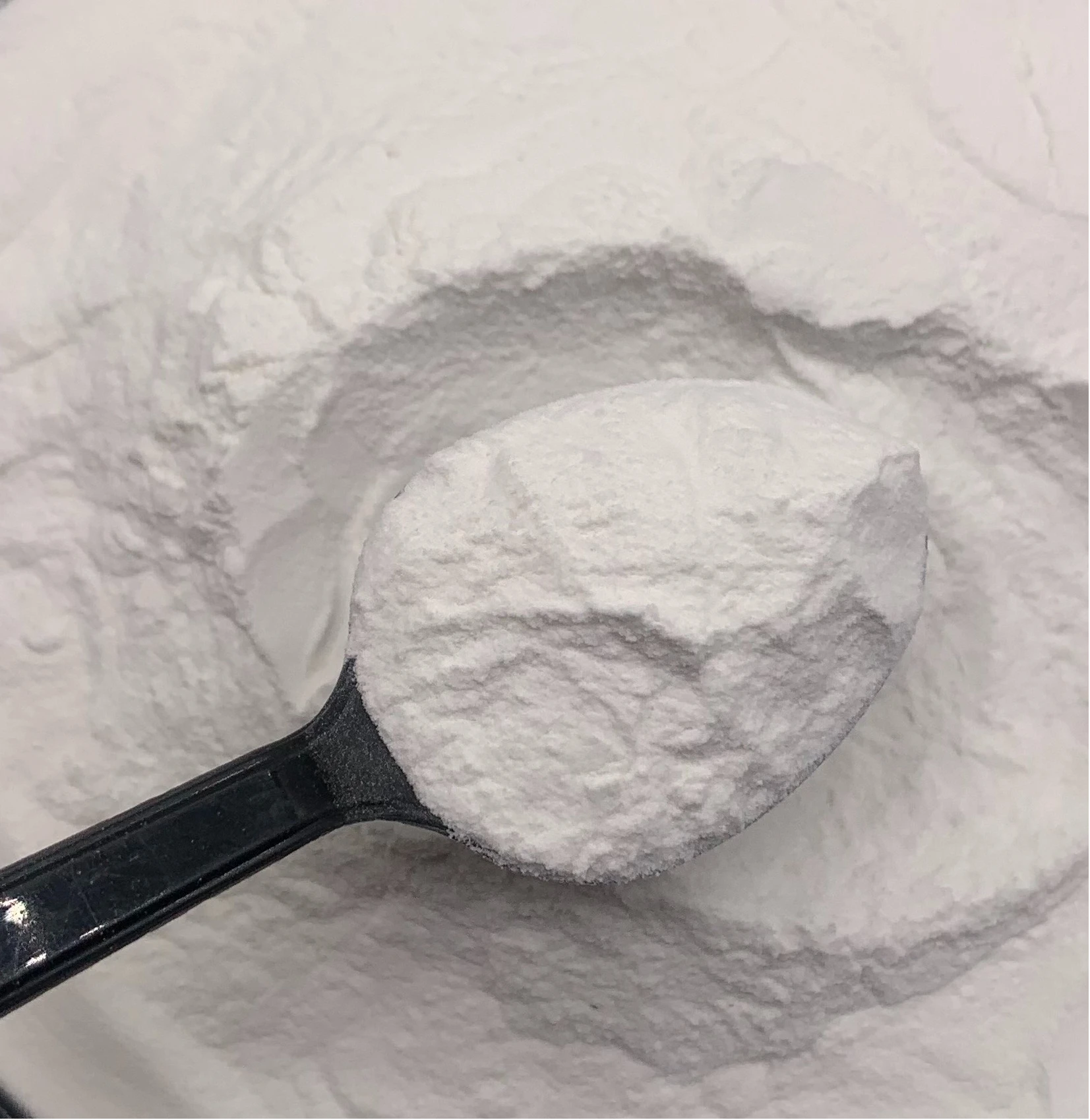
Hydroxypropyl Methyl Cellulose (HPMC) is a non-ionic, water-soluble cellulose ether widely used in construction, pharmaceuticals, and ophthalmology.
View More

Hydroxypropyl Methyl Cellulose (HPMC) is a non-ionic, water-soluble cellulose ether widely used in construction, pharmaceuticals, and ophthalmology.
View More
Hydroxypropyl Methyl Cellulose (HPMC) is a multi-functional, non-ionic cellulose ether widely used across pharmaceutical, food, and personal care industries.
View More
Water-reducing admixtures are essential components in modern concrete technology.
View More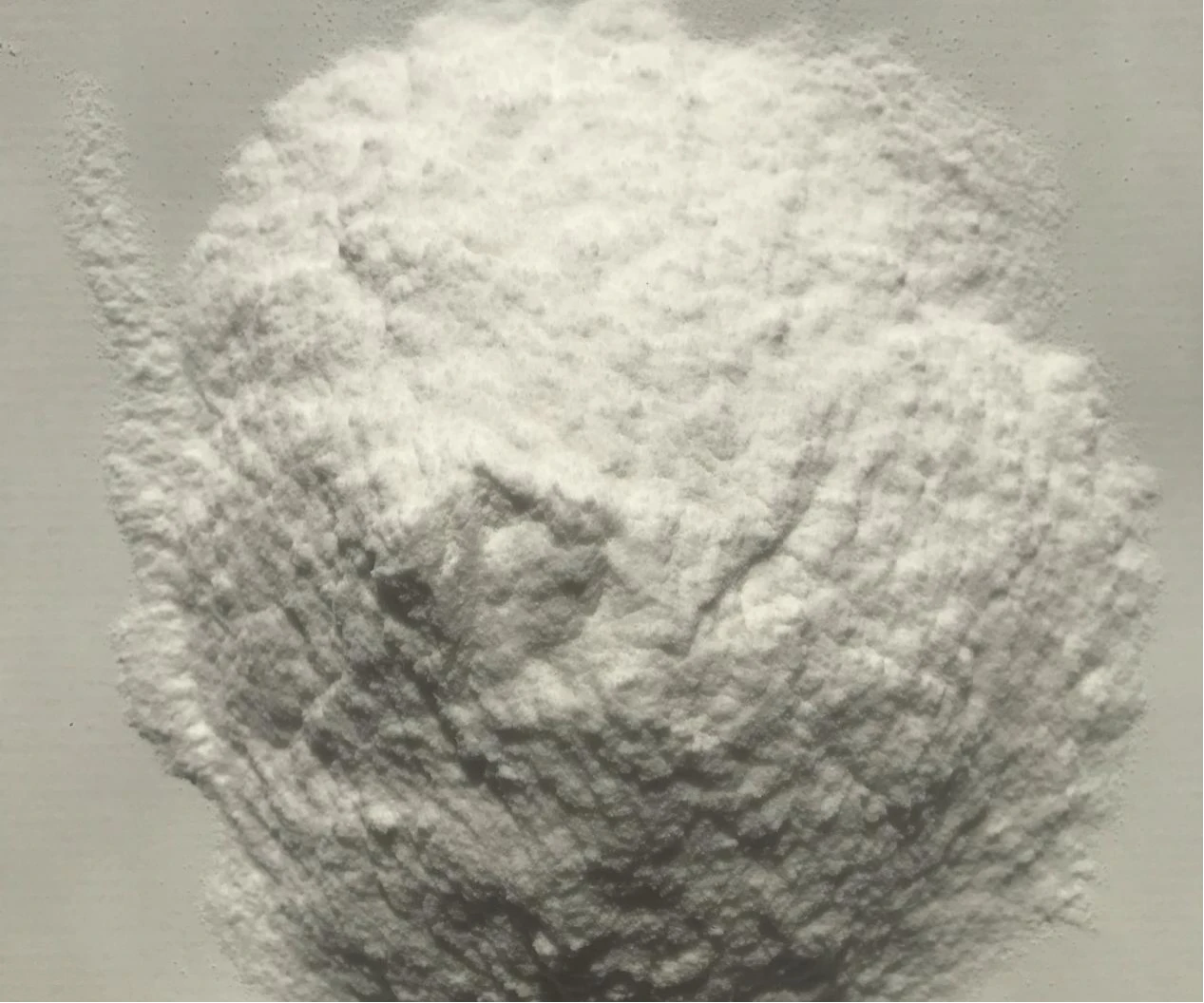
Cellulose is one of the most abundant and versatile natural polymers in the world. It forms the backbone of many materials and chemical derivatives used across industries, from pharmaceuticals and construction to personal care and textiles.
View More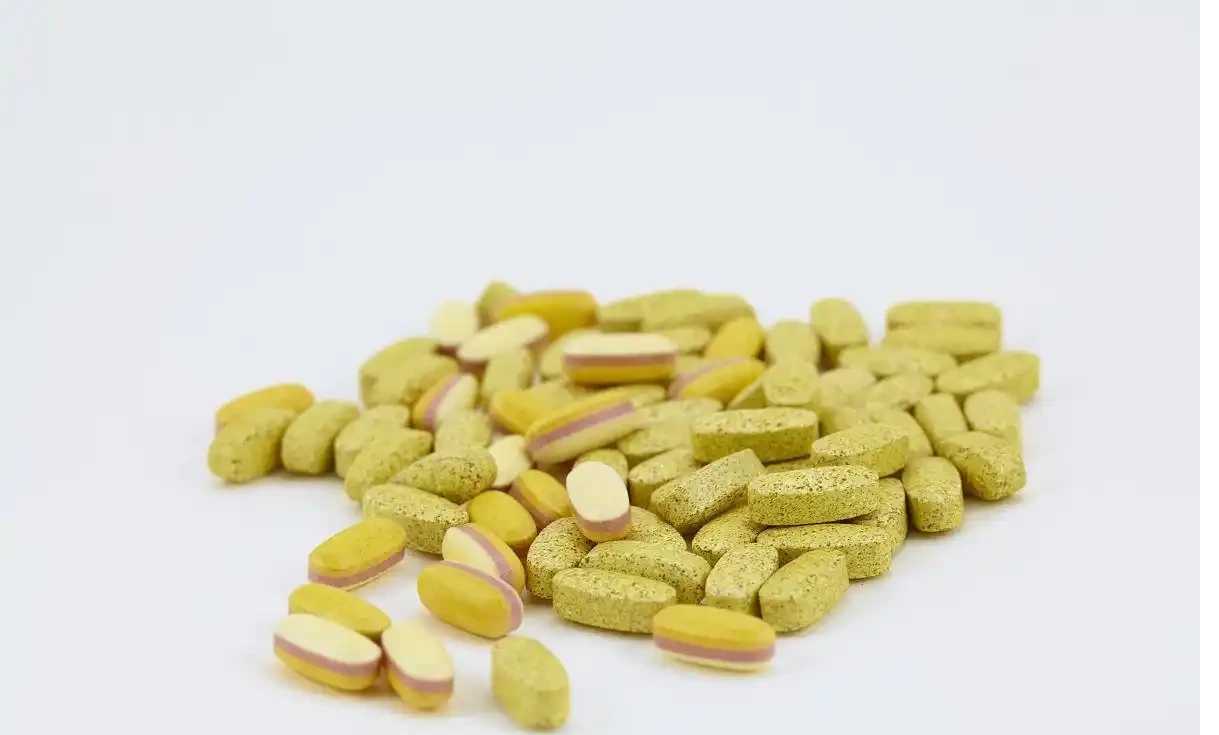
As a naturally abundant, renewable, and biodegradable polymer, cellulose has become a cornerstone of sustainable innovation across industries.
View More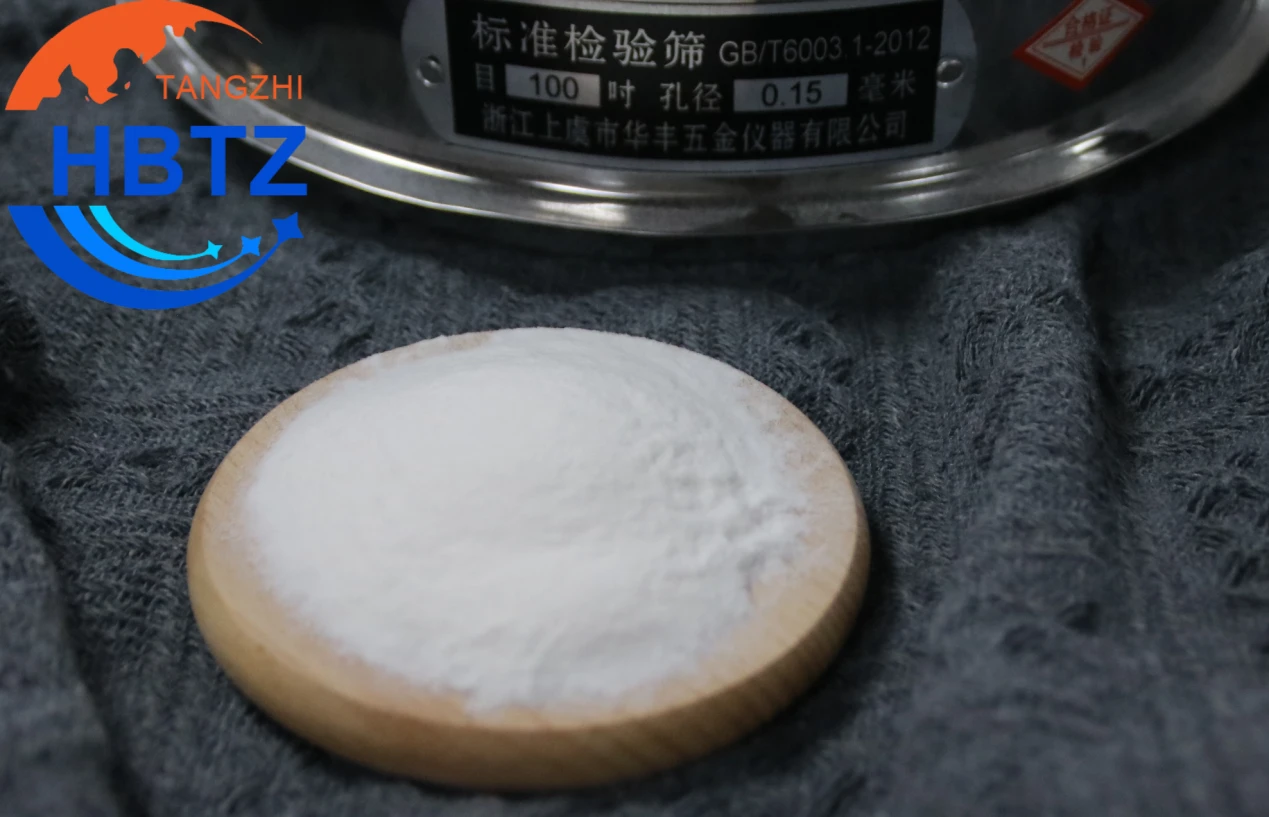
Hydroxypropyl Methyl Cellulose (HPMC) is a versatile, semi-synthetic polymer derived from cellulose, widely recognized for its exceptional film-forming, emulsifying, and thickening capabilities.
View More
Cellulose-based products are vital components across multiple industries, offering sustainability, versatility, and cost-effectiveness.
View More
Hydroxypropyl methyl cellulose (HPMC) is a non-ionic cellulose ether used widely in various industries including pharmaceuticals, construction, and personal care.
View More
Cellulose is a fundamental organic polymer found in the cell walls of plants. As a biodegradable and renewable resource, it has become increasingly important in sustainable manufacturing.
View More
Concrete technology has come a long way from basic cement-water mixtures.
View More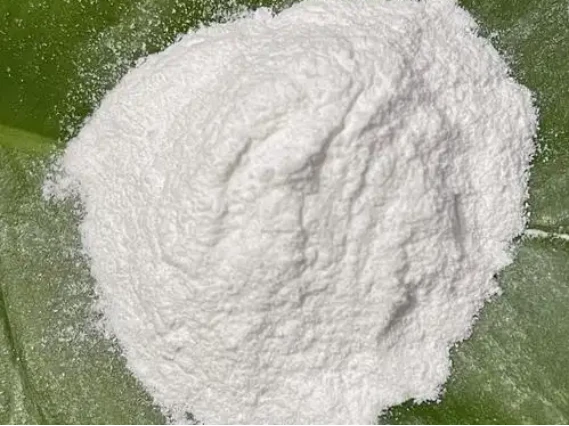
Redispersible polymer powder (RDP) plays a critical role in modern construction materials, offering improved flexibility, adhesion, and durability in products such as tile adhesives, self-leveling compounds, external insulation systems, and mortars.
View More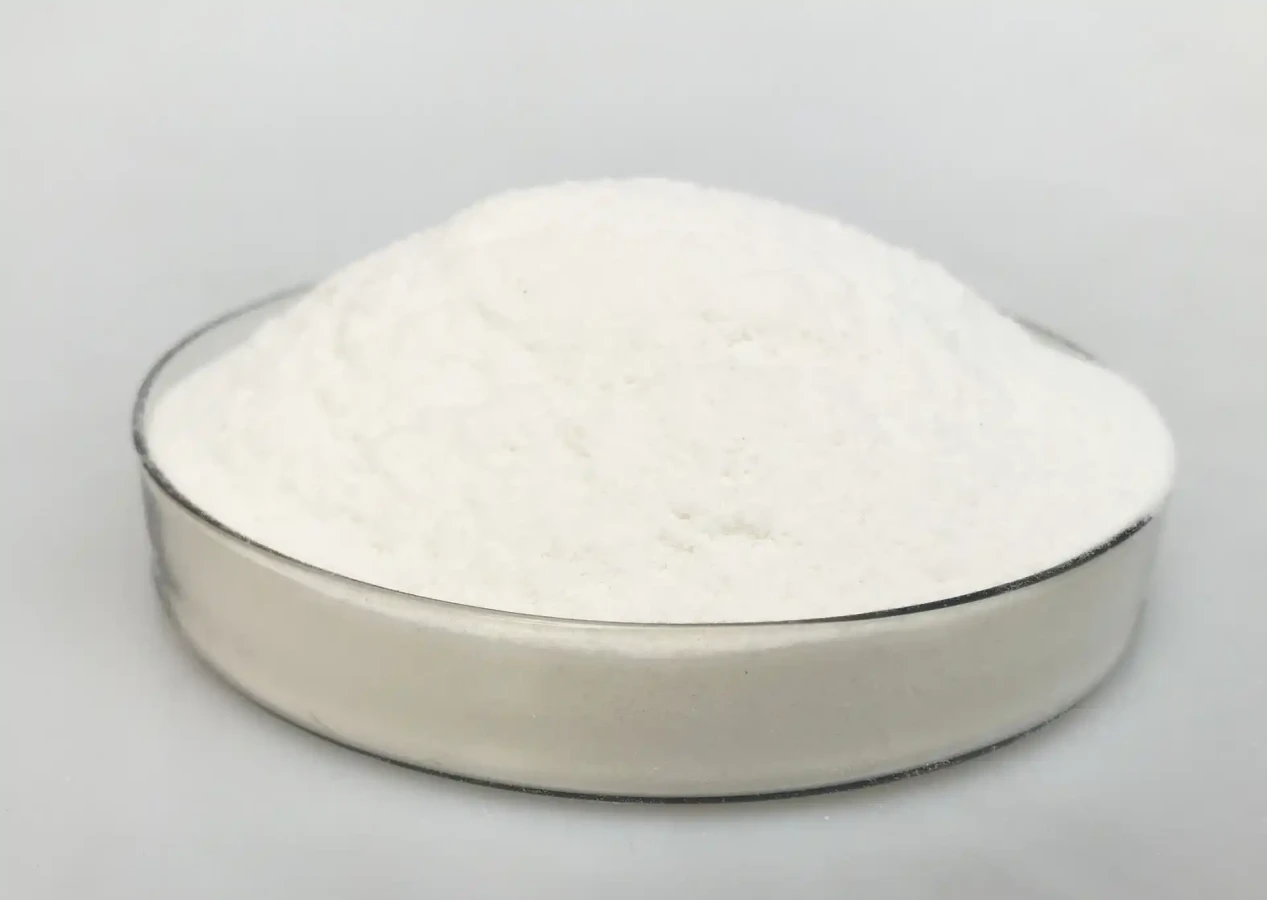
Starches modified with hydroxypropyl and hydroxyethyl groups have become essential components across various industries, including pharmaceuticals, food, cosmetics, and personal care.
View More